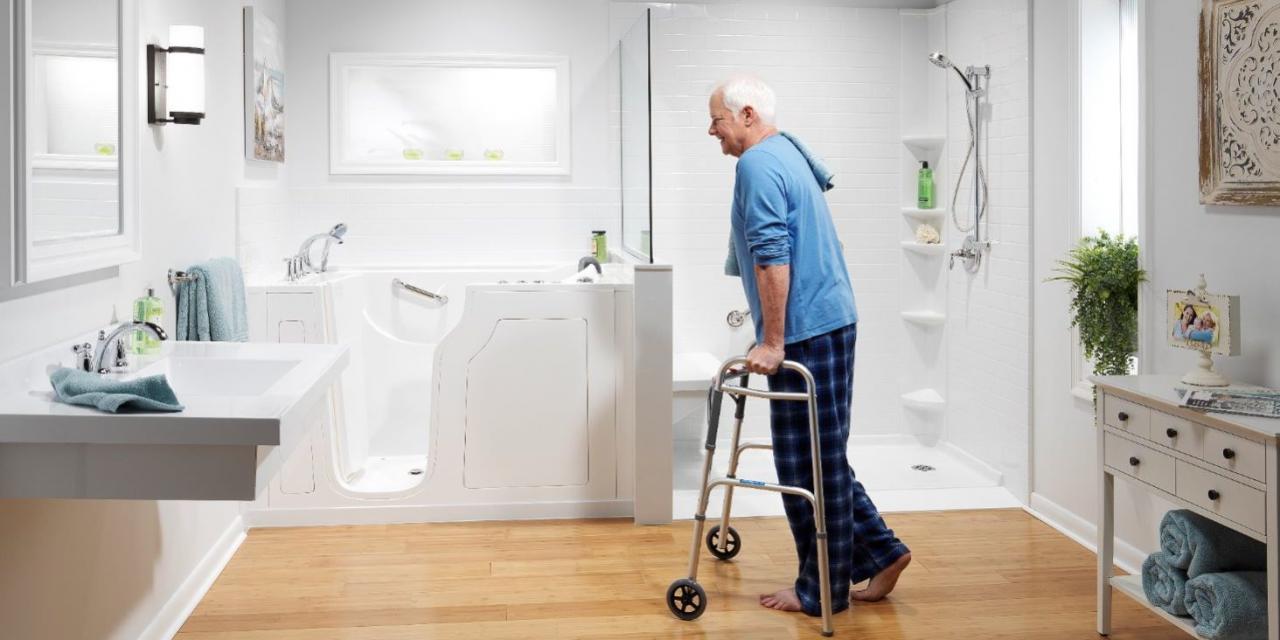A bathroom serves more than its obvious functional purpose. It’s also a sanctuary, offering the comfort of solitude, relaxation, and rejuvenation. As our needs evolve with age or changing circumstances, our bathroom should be able to adapt as well. This article offers tips on transforming your bathroom into a more comfortable and accessible space, ensuring it remains a refuge for all.
I. Introduction to Accessibility and Comfort
Before diving into the specifics, it’s essential to understand what an accessible and comfortable bathroom looks like. The idea is to create a space that anyone, regardless of age, ability, or circumstance, can use independently and safely. From incorporating walk-in showers to adding non-slip flooring, accessibility and comfort should be prioritized when considering bathroom upgrades.
II. Smart Tech for Better Comfort
Adding smart technology can significantly enhance your bathroom experience. For example, a smart shower system allows you to set the precise temperature and flow before stepping in, while an automatic sensor faucet ensures optimal water temperature and eliminates the need for handle operation. Heated floors provide an additional layer of comfort, especially during colder months.
III. Improved Lighting for Safety and Ambiance
Good lighting is crucial for safety, particularly in bathrooms where slips and falls are common. Bright, clear lighting can help avoid such accidents. Dimmable lights are also beneficial, allowing you to adjust the atmosphere as needed, perhaps dimming the lights for a relaxing bath or brightening them for grooming.
IV. Accessible Fixtures and Features
- Walk-In Showers and Bathtubs: These are excellent additions for individuals who find climbing in and out of traditional tubs challenging. Walk-in options provide easy access, and when equipped with seating areas, they offer a safer and more comfortable bathing experience.
- Toilet Height and Support: Opting for a comfort-height toilet can make a significant difference for seniors or those with mobility issues. Additionally, installing grab bars near the toilet can provide extra support.
- Non-Slip Flooring: This is one of the most critical aspects of an accessible bathroom. Choose tiles with texture or non-slip mats to decrease the risk of slips and falls.
V. Storage Solutions for Easy Access
When it comes to storage, prioritize ease of access. Pull-out drawers are more accessible than traditional cabinets, and they provide a neat and organized space. Installing shelves at a reachable height is also crucial for easy access to everyday items.
VI. Final Thoughts
In the words of famed architect Sir Richard Rogers, “The only way forward, if we are going to improve the quality of the environment, is to get everybody involved.” The same sentiment applies when creating an accessible and comfortable bathroom—it’s a universal design that benefits everyone. By implementing these upgrades, you not only enhance the space’s usability and safety but also ensure that it remains a comfortable retreat for all. Whether you plan to age in place, accommodate a diverse range of needs, or simply want a more luxurious bathroom, these upgrades are a worthy investment.













